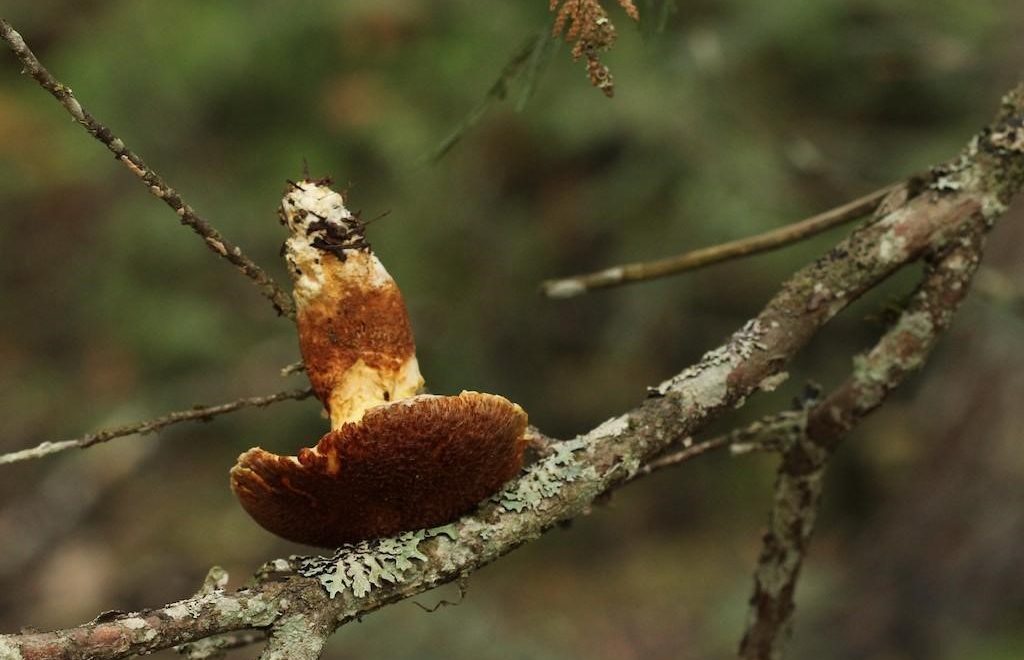
Fall Fungi Foraging for All!
The autumn season is the time of year when mushroom hunters rejoice. The return of rainfall brings along the emergence of some of our favorite fungi friends. If you are lucky, you may find enough for a delectable fall feast, or perhaps even enough to preserve and enjoy through the winter months.
ink of our Douglas squirrels as mainly seed eaters, over half of their diet consists of fungus. These crafty rodents have been credited with eating at least 89 different species of fungus, more than any other mycophagist (one that eats mushrooms.) When the food source is abundant, Douglas squirrels will cut mushrooms and cache them in the forks of trees to dry and eat during the less bountiful winter months!

Despite being less nutritious than seeds, drying mineral-rich mushrooms concentrates their food value, decreases the chance of the cache becoming infected with insect larvae and nematodes, and allows squirrels to adapt their diet to take advantage of seasonal changes.
Just like caching cones in cool, moist locations along the forest floor helps to spread and germinate the seeds, the squirrels’ taste for fungus is also tied directly to forest health.
Mushrooms hanging in trees are exposed to wind that carries spores farther than those at ground surface. When mycorrhizal species are eaten, they may be excreted near susceptible host roots. This advances the symbiosis between plant and fungus upon which the entire forest relies on.
When you are enjoying your next fall outing, look up at the branches of trees. What may look like forest art, may be the stowaways of furry fungi foragers.

